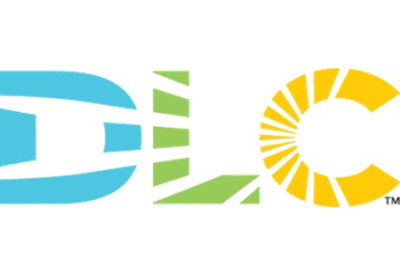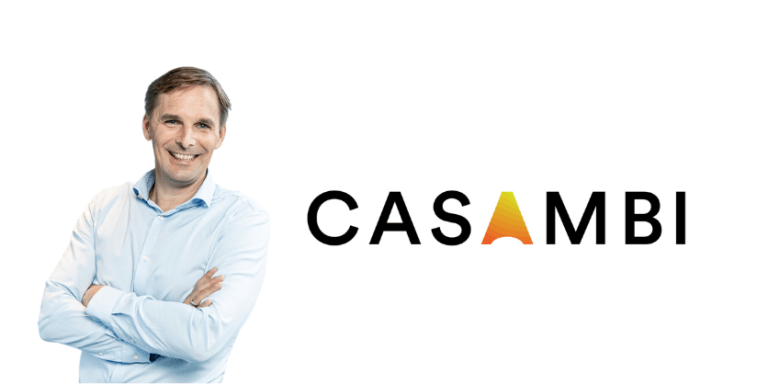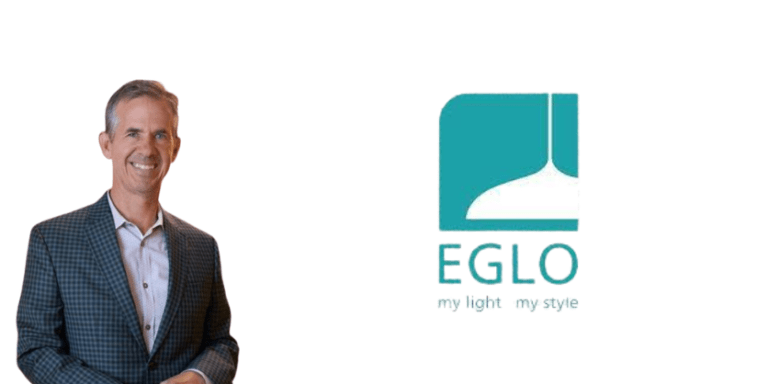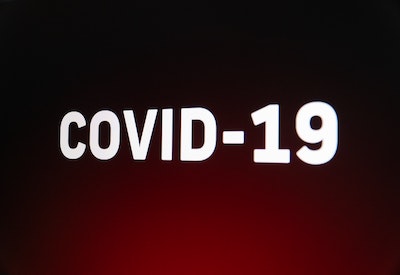New DLC Draft Policy: LUNA Technical Requirements V1.0

April 21, 2021
The DLC is pleased to introduce the first draft of the LUNA (Light Usage for Night Applications) requirements: a new policy that establishes performance thresholds for specific categories of outdoor lighting in order to minimize light pollution, provide appropriate visibility for people, and limit negative impacts to the environment.
The DLC LUNA requirements are intended to mitigate negative impacts of lighting at night by establishing system performance specifications and best practices with the following goals:
- Minimize light pollution. Requirements for light distribution, spectral characteristics, and dimming control decrease the light scattered into the atmosphere so that light trespass and sky glow are reduced, resulting in darker skies and more controlled illumination to support wildlife, stargazers, and astronomers.
- Minimize lighting energy use. Baseline efficacy thresholds of DLC SSL V5.1 along with additional dimming and control requirements ensure efficient use of lighting energy, which will help efficiency programs meet their savings goals and end users reduce operational costs. LUNA provides allowances for energy efficiency in order to minimize light trespass with optical control.
- Provide appropriate visibility for people. The DLC’s SSL V5.1 requirements for spectral quality, plus reporting of BUG rating, spectral power distribution, and intensity distribution, allow specifiers to choose the right product for the application so that installations meet recommended practices and voluntary guidelines.
Draft 1 contains proposed technical requirements, summarized below:
1. Light Distribution
- Because uplight emitted directly from luminaires is linked to increased sky glow, the LUNA Technical Requirements include prescriptive Uplight Rating thresholds from IES BUG Ratings to set maximum limits on uplight emitted directly (light ≥ 90 degrees) from listed luminaires.
- Aimable luminaires, whether floodlights or area lighting with tiltable mounting brackets, may increase sky glow, discomfort glare, and light trespass and as such, applicable LUNA luminaires are only allowed tilt angles of less than +/- five degrees.
- Luminaires with auxiliary shielding may improve the quality of the light distribution, as light is only delivered where it is intended, rather than potentially causing light trespass on neighboring locations. To qualify for LUNA, eligible products must offer at least one specifiable shielding option, to be installed on the luminaire in the field.The DLC acknowledges that luminaire efficacy will be reduced with a shield mounted in the field and is providing an efficacy allowance to encourage well-shielded products to be listed on the QPL.
2. Spectral Quality
- The DLC is proposing spectral quality requirements to mitigate negative impacts of LED lighting at night to support the goals of LUNA. Version 1 of the LUNA Technical Requirements align with industry best practices and limit the maximum CCT to 3000 Kelvin in outdoor environments in order to reduce short-wavelength emissions and mitigate sky glow.
3. Controllability
- Reducing the light output of luminaires can reduce light pollution while saving energy by delivering precisely the illumination that is needed and only when it is needed. The LUNA Technical Requirements include continuous dimming to 20% via standard dimming protocols, as well as reporting integral controls and controls communication protocols.
Go HERE for more information.









